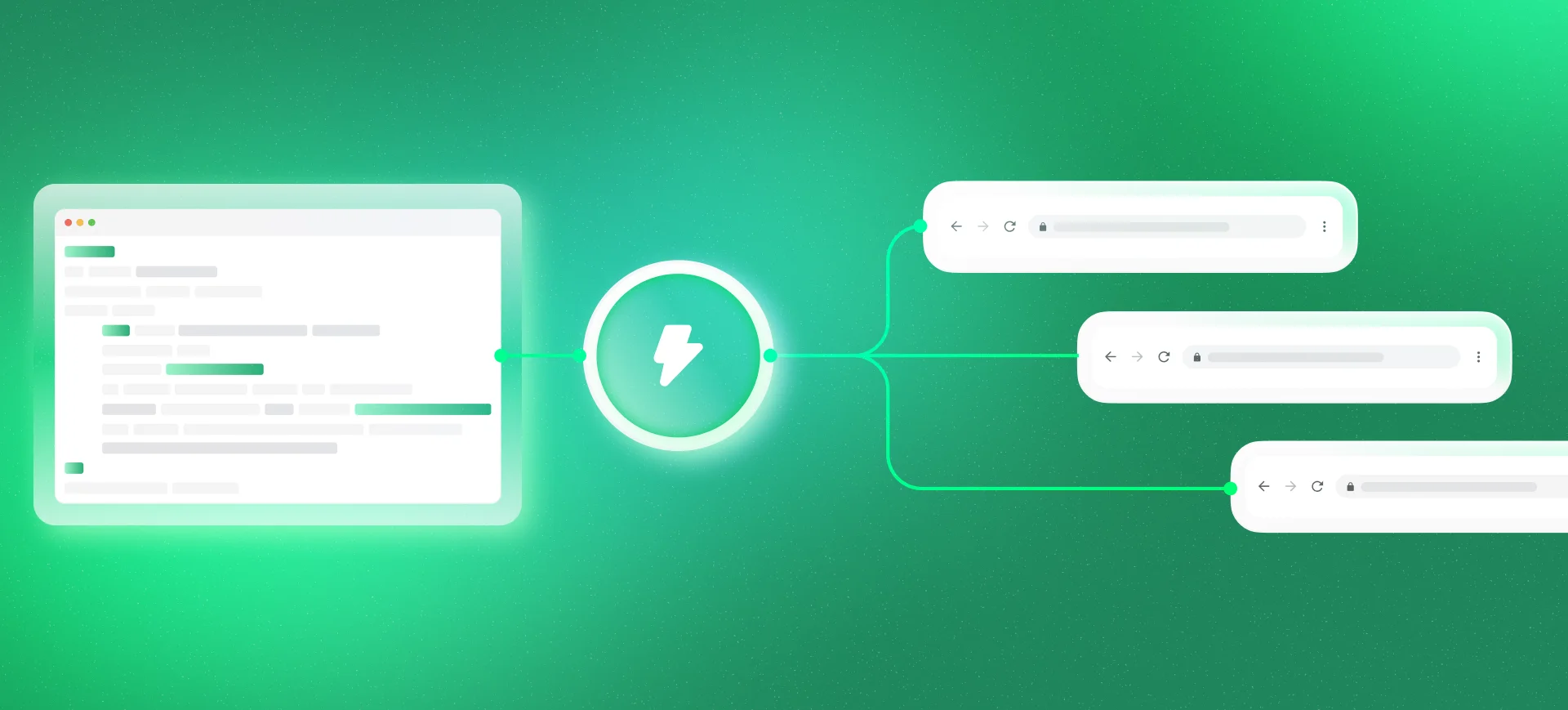As we already know, Google doesn’t stop launching new algorithms to optimize search results. These updates are developed to help not only users in their searches, but also those who have a website.
The BERT algorithm was launched at the end of 2019 and is being tested in several countries, including Brazil. If you want to know how it works, what its impact is on search results and how to adapt to it, continue reading this text.
What is BERT?
BERT is an algorithm update launched by Google. The acronym originates from the name of the new technique used for language processing, and stands for Bidirectional Encoder Representations for Transformers.
This new algorithm was the result of Google research on neural networks, which are models that process the relationship of all words that make up a sentence, and not just words in isolation.
With BERT, the complete context of a sentence is analyzed, considering the words that come before and after the keyword. This feature is very important to help the search engine understand the intent behind searches.
With this new algorithm, Google’s search engine can assimilate the general context of a searched term, and not just individual words.
This includes words with more than one meaning (homonymous words), such as “bank,” for example, which can refer to a financial institution or the side of a river.
The goal of this algorithm is to understand the user’s search intent and not just offer a superficial result. The purpose is to decode the sentence and provide the user with what they intend to find as a result for their search.
Additionally, BERT also helps provide better results for more complex searches, with a large number of words, quite common in voice searches.
Initially, the idea of the algorithm formulated in 2018 was a kind of test for a natural language processing (NLP) code, based on neural networks. These networks are artificial and resemble the central nervous system of an animal and are capable of recognizing patterns.
About 15% of daily searches made on Google are unprecedented, meaning similar terms have never been searched before. This is because we don’t always know the best way to conduct a search.
For this reason, it’s necessary to get as close as possible to the real search intent, to ensure the best possible result is delivered. Search is nothing more than understanding language.
It’s the role of search engines to try to decipher what the user is searching for and offer relevant information as a result, regardless of how the search is conducted, that is, which words are used for the query.
With technological advances and Google’s new updates, such as BERT, searches are being optimized, thanks to machine learning language understanding research.
What Changed and how it Works
Like RankBrain, BERT aims to deliver better and more relevant results in Google searches and thereby improve the experience of users who are searching.
To ensure this, Google constantly updates its data through new machine learning technologies, in order to improve the search structure to optimize results.
The biggest change with the algorithm is regarding the context of phrases used in searches. One way to better leverage the update is to use more long-tail keywords, even though they have lower search volume.
What also changes is that the position of words in the phrase used in the search can interfere with the results presented. BERT considers not just the keyword for the search, but all other words used in the phrase.
Understanding better how BERT works is important for professionals who work with marketing, as the algorithm directly impacts the strategies used to optimize a page.
With the new algorithm, in addition to improving your page’s traffic, you ensure it’s more relevant. Additionally, it helps create better content that’s more targeted to the target audience, using the best keywords to attract the right users.
If you already have a defined SEO strategy, the update won’t harm your site. You might notice a drop in traffic and also in your keyword rankings, however, this could be a good sign, meaning you’re no longer attracting the wrong audience to your page.
However, this drop in traffic, if considerable, may indicate that your content was identified as written for search engines and not for humans. This indicates that you’re prioritizing your page’s positioning, and not the user experience.
How to Adapt?
If this algorithm can somehow impact a page’s SEO, then what can I do to adapt? This might be your question right now.
As we’ve already said, BERT won’t have major impacts on your page if you already adopt good practices, such as creating good content, focused on users and not just on positioning in search engines, for example.
Like Google’s latest updates, this is another one that aims to value even more the experience of those who browse pages, in aspects such as reading and usability of a site.
Initially, BERT is applied only to searches in English, in the United States. However, these changes also intend to be applied to more languages, in addition to impacting other Google platforms such as Maps and YouTube.
Regardless of what you’re searching for and in which language, it’s important that this search be conducted naturally, that is, the way you would ask a person.
Using natural language helps search engines optimize results. Even though BERT is quite advanced, understanding search intentions and language variations is still a challenge.
We know it’s not easy to keep up with the algorithms frequently launched by Google. That’s why we can help you with SEO strategies focused on your website or online store’s needs.




